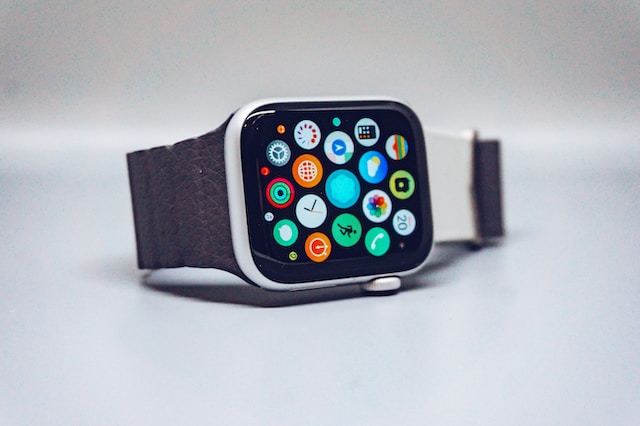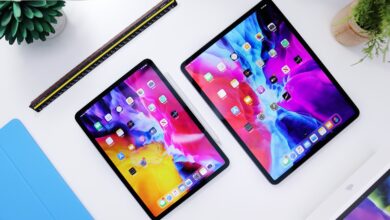Investing In Your Wellness: Technology That Helps Improve Overall Health

In the modern era, as technology continues to reshape various aspects of our lives, it has also found its way into the realm of healthcare and wellness. The integration of technology into our wellness routines has opened up new avenues for enhancing our overall health and well-being. From fitness trackers to meditation apps, the market is flooded with innovative solutions designed to cater to our individual health needs. In this article, we will explore some of the cutting-edge technologies that can help improve our overall health and well-being.
1. Fitness Trackers and Wearable Devices
Fitness trackers and wearable devices have gained immense popularity in recent years, revolutionizing how we monitor our physical activity and health metrics. These devices, often worn as wristbands or smartwatches, are equipped with sensors that track various parameters such as heart rate, steps taken, distance traveled, and even sleep patterns. This data can be synchronized with smartphone apps or computer software, allowing users to analyze their activity levels and set personalized fitness goals.
One of the key benefits of these devices is their ability to provide real-time feedback, motivating users to stay active and make healthier choices. The gamification aspect, where users earn rewards or compete with friends based on their activity, adds an element of fun to the process. Additionally, fitness trackers help users identify patterns and trends in their activity and health data, empowering them to make informed decisions about their wellness routines.
2. Telemedicine and Remote Health Monitoring
Telemedicine has emerged as a revolutionary technology that allows individuals to access medical care and advice remotely. Through video consultations and online platforms, patients can consult with healthcare professionals without the need for in-person visits. This is particularly beneficial for individuals with limited mobility, those living in remote areas, or those seeking specialized medical expertise.
Furthermore, remote health monitoring devices enable continuous tracking of vital signs and health indicators, transmitting data to healthcare providers in real time. This proactive approach can lead to early detection of health issues and timely interventions. Patients with chronic conditions such as diabetes or hypertension can benefit from remote monitoring, as healthcare providers can adjust treatment plans based on accurate and up-to-date information.
3. Meditation and Mindfulness Apps
In the pursuit of holistic wellness, mental health plays a pivotal role. Meditation and mindfulness practices have gained recognition for their positive effects on reducing stress, anxiety, and improving overall emotional well-being. Technology has given rise to a multitude of meditation apps that guide users through mindfulness exercises, breathing techniques, and relaxation practices.
These apps offer a variety of meditation sessions tailored to individual needs, whether it’s improving focus, managing stress, or enhancing sleep quality. They often include features such as soothing sounds, guided visualizations, and progress tracking. The convenience of having these tools on a smartphone ensures that individuals can incorporate mindfulness practices into their daily routines, regardless of their location.
4. Nutritional Tracking and Smart Kitchen Appliances
Maintaining a balanced diet is a fundamental aspect of overall health. Technology has made it easier for individuals to track their nutritional intake and make informed dietary choices. Various apps allow users to log their meals, count calories, and monitor macronutrient consumption. Some apps even offer barcode scanning functionality, simplifying the process of entering food items accurately.
Smart kitchen appliances also contribute to healthier eating habits. Devices like smart scales and connected blenders can provide precise measurements and offer recipe suggestions based on dietary preferences and nutritional goals. These tools empower individuals to create wholesome meals while ensuring portion control and adherence to dietary guidelines.
5. Virtual Reality for Physical Rehabilitation
Virtual reality (VR) technology has demonstrated its potential in the realm of physical rehabilitation. Patients recovering from injuries or surgeries can engage in immersive exercises that aid in regaining strength, mobility, and coordination. Virtual reality simulations provide a controlled environment for patients to practice movements and activities that mimic real-life scenarios.
Moreover, VR offers an element of engagement that traditional physical therapy might lack. Patients are more likely to stay motivated and committed to their rehabilitation routines when the experience feels enjoyable and interactive. This technology has proven especially valuable for individuals recovering from stroke, traumatic injuries, or joint replacements.
Conclusion
Investing in one’s wellness has never been easier or more exciting, thanks to the integration of technology into the health and wellness sector. From fitness trackers that encourage physical activity to meditation apps that promote mental well-being, these technological innovations offer personalized solutions for enhancing overall health. As these technologies continue to evolve, they hold the promise of a future where proactive health management is accessible and engaging for everyone. However, it’s important to remember that while technology can be a valuable tool, a holistic approach to wellness should also encompass factors such as balanced nutrition, regular exercise, and meaningful connections with others.




